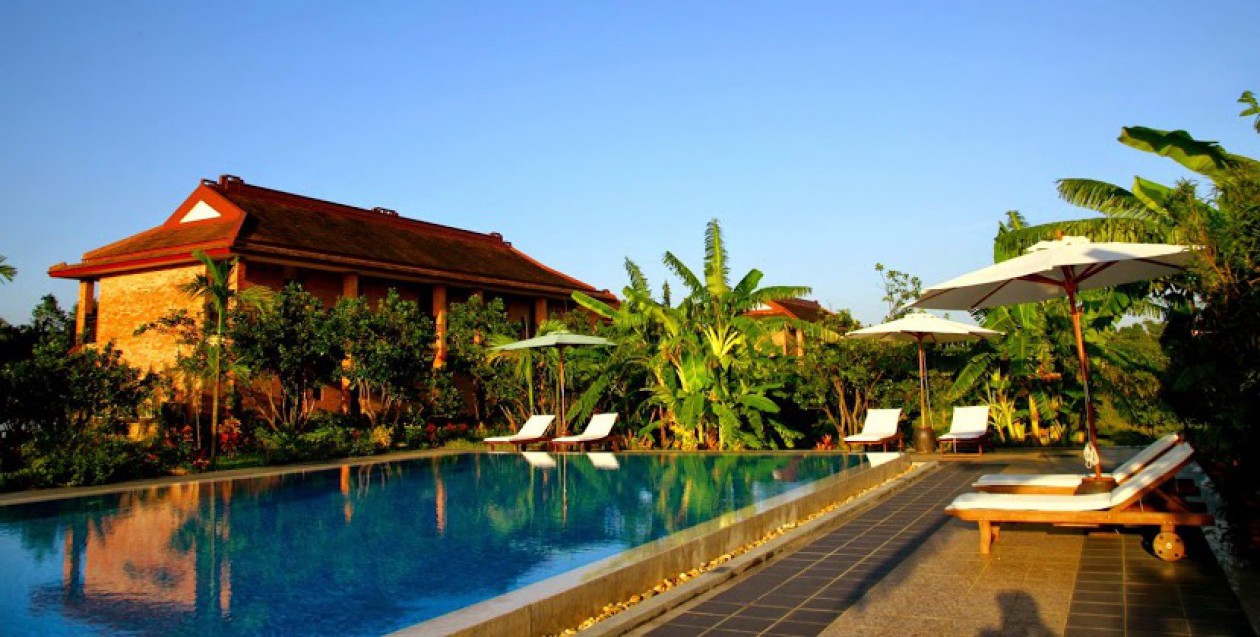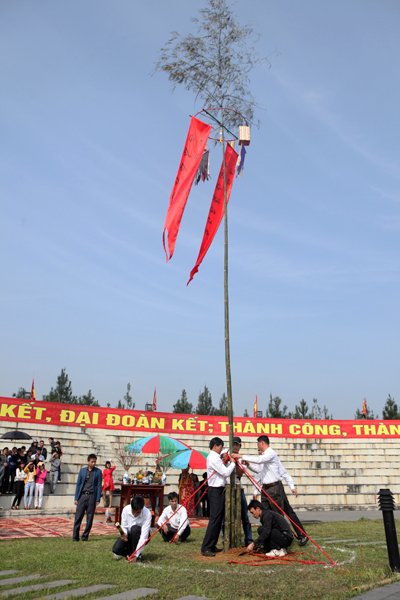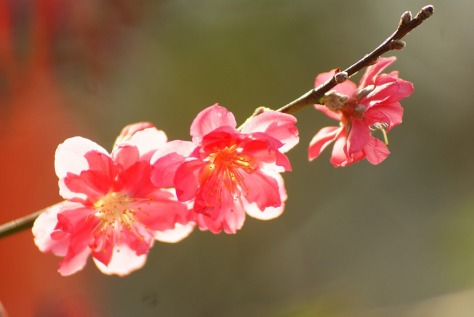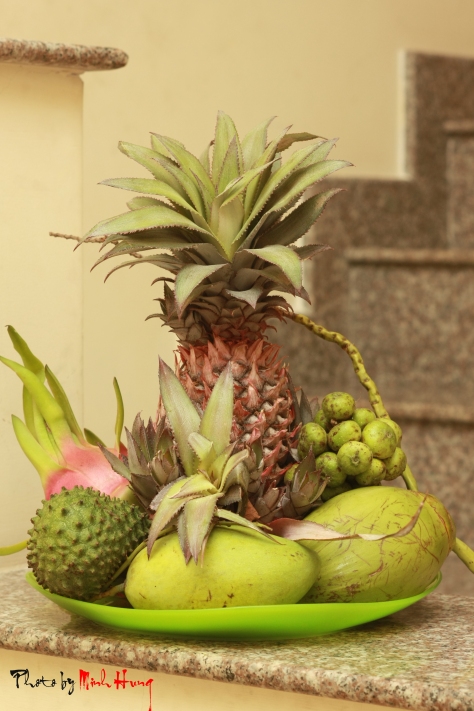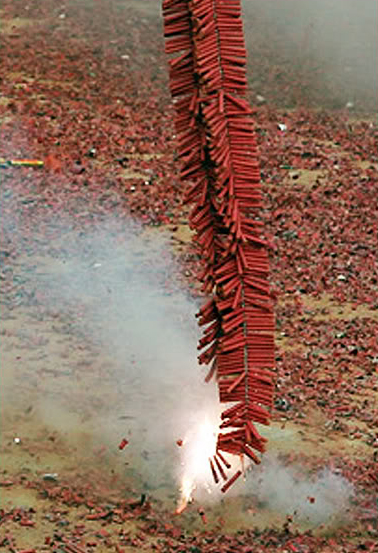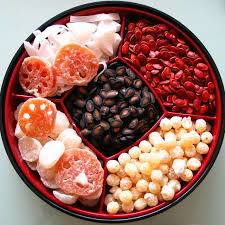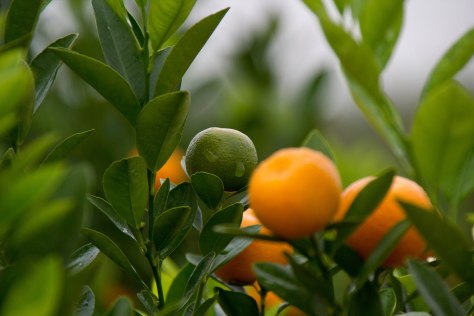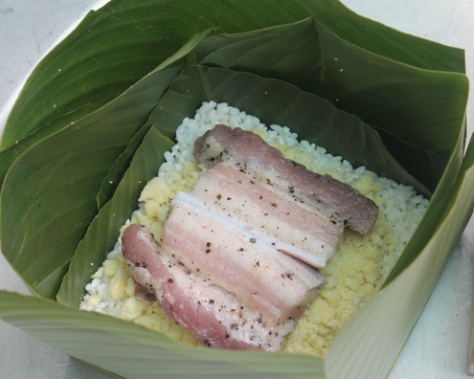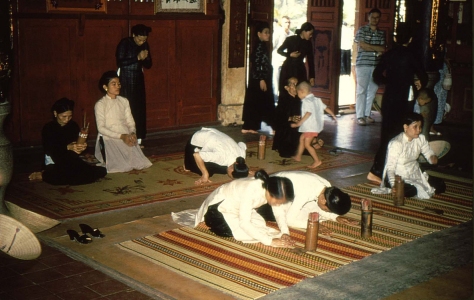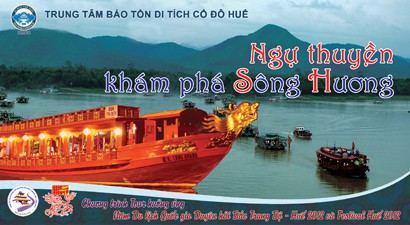TET IS COMING….
Only 2 weeks Tet celebration will come. The asmosphere of New year filled everywhere. Everything prepared for this important event from now. Let’s lean how to prepare for Tet Celebration.
The Vietnamese New Year
Tet Nguyen Dan is the most important celebration of Vietnamese culture. Translated to mean “the first morning of the first day”, Tet (in short) is the Vietnamese version of the Lunar New Year and can be considered an all in one festival. It features aspects of the western Thanksgiving, New Year’s Day, Halloween and Birthday. Many East Asian countries celebrate the Lunar New Year which originated from China. However, like Vietnam, each of these countries have incorporated characteristic rituals and celebrations that are indigenous to their regions, and are harmonious with their cultural history and geographical climate.
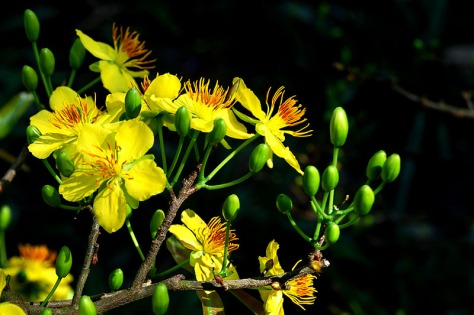 Apricot blossom
Apricot blossom
In a land where agriculture is still of great importance to the livelihoods of many, Tet is a perfect way to celebrate the union of nature, human, culture, the living and the dead. Through the beliefs in the symbolic representation of plants to future happiness and fortune; through the gifts and respect plants represent to ancestors and gods; and through the foods meticulously prepared that brings families together in gastronomic enjoyment – the rituals and celebrations of Tet is holistic, and always mindful of the connection between humans and their natural and spiritual world.

This year Tet begins on February 19 and according to Vietnamese Zodiac, 2015 represents the year of the Goat. The actual day of Tet is determined by the Lunar Calendar which counts approximately 355 days in a year, hence Tet usually falls between the western calendar months of January or February.
Preparations for Tet
A week before Tet……
According to legend, seven days before Tet every year, the Kitchen God returns to Heaven to report to the Jade Emperor on the activities of each household and these report will determine the fate of each household for the coming year. In preparation for the Kitchen God’s departure, families sometimes place cookies by the fireplace or altar to sweeten the god’s journey in hope of a favorable report that would endow them with fortune and happiness for the coming year.
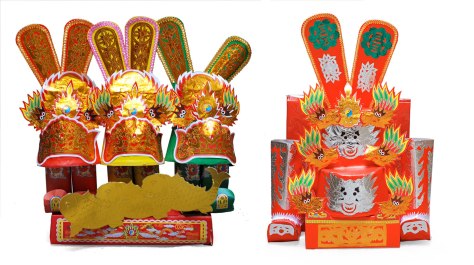
 Offerings for Kitchen Gods
Offerings for Kitchen Gods
 Release the carps
Release the carps
Upon the departure of the Kitchen God, follows the week long period called “Tat Nien” – (which literally means to extinguish the year). During this time, people celebrate the end of schooling or work activities and many take the opportunity to visit and clean the graves of relatives. Weeds are cleared, incense is burnt and flowers and a fruit tray or Mam Ngu Qua are offered in remembrance and respect for the dead.
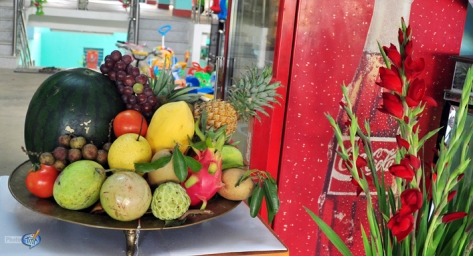 Five-fruit tray
Five-fruit tray
By now, the city streets are lined with vendors selling an abundance of fresh fruits and flowers, and colorful decorative paraphernalia. Exuberant shoppers bustle and jostle amidst calls for sales and the familiar tunes of traditional Tet music. In nearly every household, crucial purchases for Tet include the peach “hoa dao” and kumquat plants. Each of these plants are carefully chosen by discerning shoppers so that the flowers and fruits are prominently displayed, vibrant in color, and remain healthy throughout the celebrations.

At home the cooking, decorating and cleaning for Tet heightens. Since it is traditional that all cooking and housework are avoided during the first three days of Tet, many spend Tat Nien preparing Tet delicacies, preening and decorating the houses with symbolic plants such as cay neu, hoa dao andkumquat, and decorative red banners called cau doi in preparation of the arrival of the esteemed guests and relatives during the coming days of celebrations.
The eve of Tet ……
The eve of Tet is filled with excitement and anticipation of the New Year. As the clock strikes twelve, the Giao Thua ceremony commences, marking the end of the previous year and the beginning of a new one. At the Buddhist temples, bells ring and prayers are chanted; while at home, families gather to usher in and congratulate each other on the New Year and for turning a year older as Tet also represents a universal birthday to all. Incense sticks are burnt and prayers are said to welcome family ancestors to join in the feasting and celebration of Tet. In the streets, the air is filled with shouts of cheers andpreviously the explosive sounds of firecrackers (now banned).

Tet and subsequent days…….
The first day of Tet is probably the most exciting time of the holiday for both adults and children. It signifies a new beginning, cleansing of past misfortunes and hopes for a brighter future. Since it is believed that the actions that one takes on Tet is consequential to how the rest of the year would unfold, adults and children alike make an effort to be in a jovial mood and avoid negative actions and behaviors towards fellow friends and relatives. Dressed in new attires, family members unite to welcome the most important day of Vietnamese culture with the first of many days of feasting and merry making to come. Children often eagerly await for Mung Tuoi, a gift giving ritual when parents, grandparents or relatives present gifts of Lixi or “lucky” money in traditional red packet and offer words of wisdom or advice for the coming year.
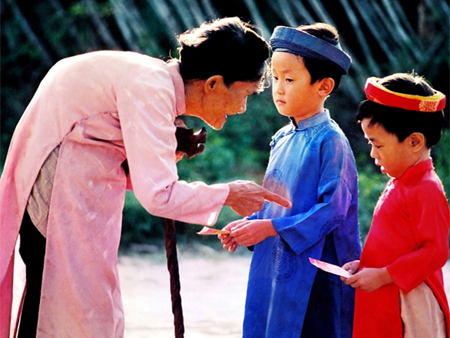 “Lì xì”
“Lì xì”
Visiting relatives and friends is one of the key activities during Tet. The order of visitations depends on your blood relation and your status in society. The first morning of Tet is usually celebrated amongst immediate family members including the husband’s parents and with esteemed guests who are of respectable social status and whose presence are believed to bring luck to the household. The second day of Tet is generally dedicated to visiting the wife’s parents and extended relatives. By the third day of Tet, people would visit the homes of friends, bosses or colleagues. This is also the day when the spirits of ancestors return to heaven and families would offer gifts of money and luxury goods such as cars and clothing to their deceased relatives by burning miniature paper versions. Many Buddhists also visit the temples to pray for a safe and happy new year as well as to have their fortunes predicted by the Xin Xam.
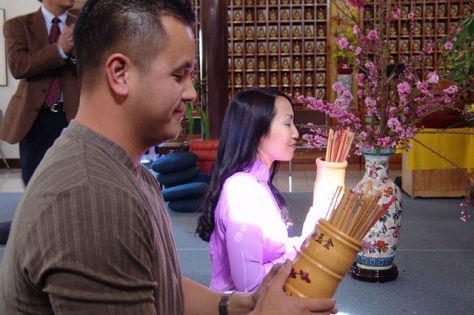 “Xin xăm “
“Xin xăm “
In past, the celebrations of Tet would last for one month, however with economic development and the practicalities of modern daily living, Tet celebrations now officially last for three days.
Symbolic meanings of Tet plants
Cay Neu (Bamboo)
Cay Neu represents the New Year’s tree. It consists of a bamboo stem that is stripped of its leaves except for ones on the crown and is decorated with red paper or talismanic objects. The crown apex is sometimes adorned with the Yin and Yang — symbols of the two principal forces of the universe. Sometimes a paper carp flag may be placed instead. In Vietnamese legend, the carp was believed to be the Kitchen God’s vehicle that took him to Heaven. Cay Neu is taken down ceremonially on the seventh day of Tet.
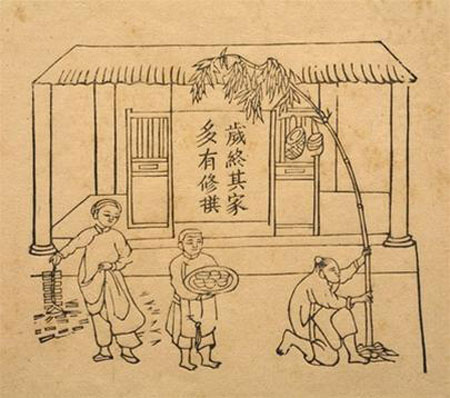
Hoa Dao (Peach Blossoms)
Peach blossom are an essential symbolic and decorative plant of all households during Tet. It is used to ward off evil spirits during the Tet celebrations. The symbol of its power originated because two legendary deities — Tra and Uat Luy once lived on a large peach tree in a village located East of the Soc Son Mountain, in North Vietnam. They were powerful deities and evil spirits so feared them that even the sight of a peach plant would scare the evil spirits away. At the end of the every lunar year however, the deities have to return to heaven for an annual meeting, leaving the villagers defenseless. To fight against the evil spirits during the deities’ absence, villagers displayed peach plants in their homes and these were sufficient to scare the evil spirits away.
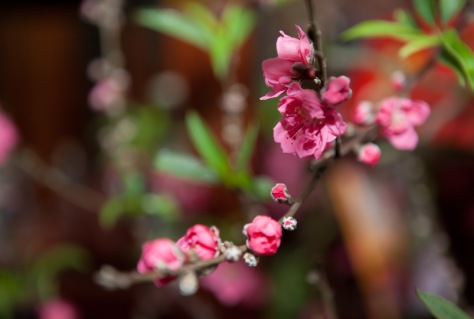 Peach blossom
Peach blossom
Kumquat
The Kumquat plant symbolically represents the many generations of a household. The fruits aregrandparents, the flowers are parents, the buds are children, and the light green leaves are children. It literally is a family tree! Kumquat plants are often carefully selected for their symmetrical leaves, color and shape of fruit.

Foods of Tet
The traditional Tet cuisine normally includes pig’s trotters stewed with bamboo shoots, steamed glutinous rice, bitter gourd, stir fried almond, papaya salad and mung bean pudding. Candied fruits snacks called Mut are also served to guests. However different regions of Vietnam may feature unique food specialties of Tet and some are famous for their Tet delicacies. In the cooler North, the glutinous rice cakes served are called Banh Chung (see below) and these are squarish in shape. The ancient imperial city of Hue, located in central Vietnam presumably boasts one of the best Tet cuisines as a result of the historical culinary delights created for the royalty. Here, the glutinous rice cake is a rounded version called Banh Tet. Mut are a specialty of this region and is made from various fruits such as pumpkins, apples, oranges, ginger root and even flower blossoms. With the warmer climate movingSouth, the cuisine takes on a tropical flare with coconut milk and oil forming the basis of Tet delicacies such as Thit Heo Kho or pork stewed in coconut milk.. Tet dishes are usually eaten with pickled green sprouts with leeks, carrots and turnips, which aids in the digestion of rich food.
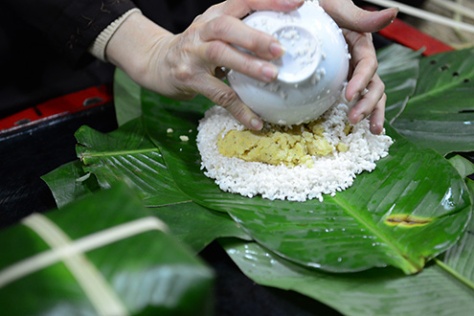
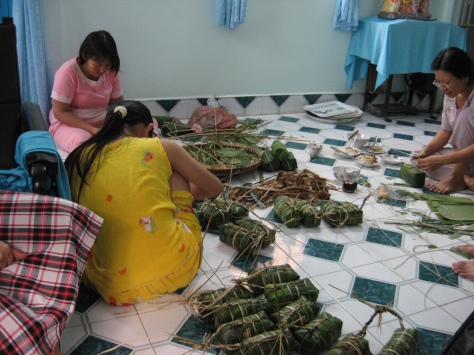 Bánh Tét
Bánh Tét
Recently, the desire for healthier eating and living has also resulted in some families adopting a vegetarian version of Tet cuisine. Innovative cooks have created vegetarian versions of the meaty dishes such as “beef” wrapped in La Lot (long pepper) leaves and boiled “pork” pie using the beans of soy and curd soybean (tofu).
Banh Chung
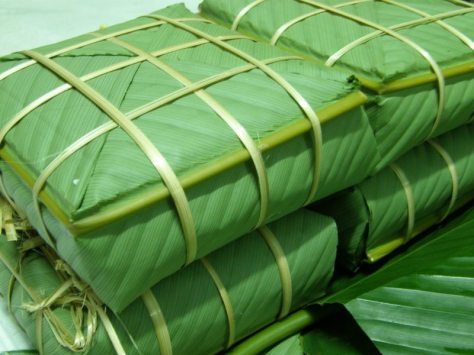 “Bánh Chưng”
“Bánh Chưng”
Banh Chung are glutinous rice cakes wrapped in bamboo leaves and bound with flexible bamboo fibers. Between rice are mung bean paste, pork fat and meat, pressed between layers of glutinous rice. The square shape symbolizes thankfulness of the Viet people to the great abundance of food on Earth throughout the seasons.
